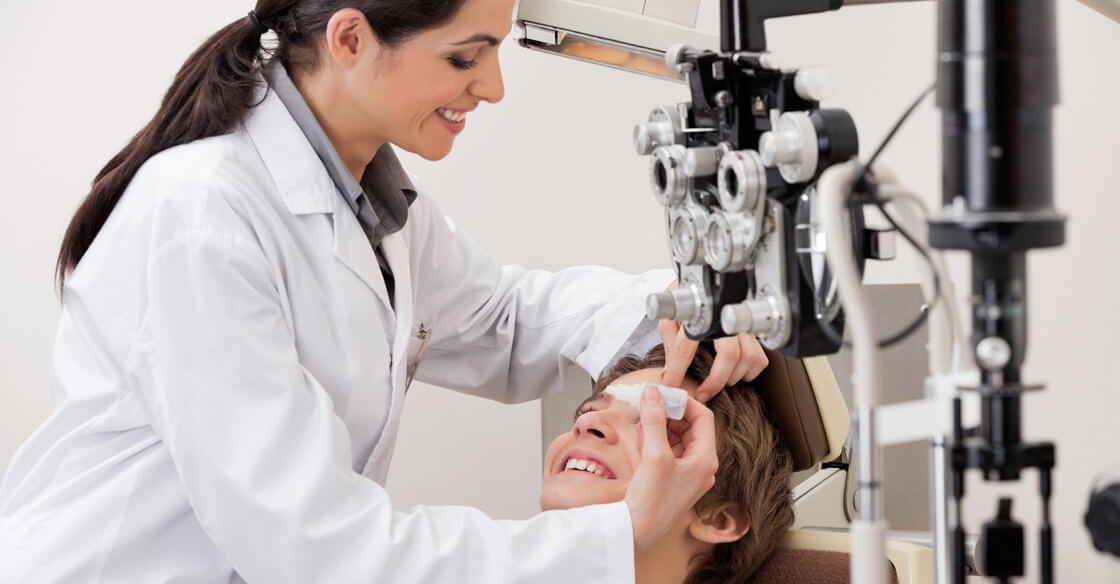Eye Health 101: What to Expect During a Pupil Dilation Eye Exam

A comprehensive eye examination should be a top priority on your annual health checklist. While consulting your eye care professional, a pupil dilation eye exam for each eye facilitates a close-up inspection of any signs of eye diseases or early warnings of pending vision problems. During the exam, your eye surgeon will check the status of each retina and both your optic nerves. This is crucial in prevention and treatment of developing eye diseases that if ignored, could lead to a loss of vision.
Deep Within
While you may think your eyes are healthy, you can never really know what is really happening without consulting your eye care professional. A comprehensive pupil dilation eye exam is the only way to be sure. During the exam, they look at each eye looking for any identifying signs of common vision problems and eye diseases, some of which present no otherwise obvious early warning signs.
Risk Profiles
Annual checks should be the norm for persons aged 60 and up. Moreover, experts recommend that African Americans start their pupil dilation eye exam from age 40. This is because of the higher risk of glaucoma passing down the generations. Diabetes patients should definitely book an annual screening, which should include a pupil dilation eye exam for both eyes.
Undilated versus Pupil Dilation Exam
It is important to complete the vision test with the eyes functioning normally or in an undilated state. The same applies to the recording of measurements that determine eyesight prescription when it is quite common to have different readings for each eye. Your eye surgeon will need to test how each pupil responds to light before proceeding to the pupil dilation eye exam.
Key Considerations for the Pupil Dilation Eye Exam
The key elements of this test include dilation, tonometry, and visual field/acuity tests. Dilation offers the opportunity for your eye care professional to take a good look inside each eye. It starts special drops placed in each eye that help open and widen the pupil, which is the black circle in the middle the iris, more familiarly the colored section in the center of the eye.
Once the forced dilation takes hold, your eye care professional uses special lenses to look inside each eye. This provides access to the internal workings of your eyes such as the optic nerve, macula, and the all-important retina.
What the Pupil Dilation Eye Exam Reveals
- Glaucoma – Although your optometrist can see the optic nerve through an undilated eye, the Pupil Dilation Eye Exam provides optimum viewing conditions. This is relevant for the diagnosis of glaucoma and other optic nerve diseases.
- Macular Degeneration – Two common retinal diseases, diabetic retinopathy and age-related macular degeneration (AMD) are diagnosed and monitored during the Pupil Dilation Eye Exam.
- Other Conditions – In addition to the symptoms described above, other conditions can present during the Pupil Dilation Eye Exam. For example, detection of a retinal tear or detachment or an ocular tumor can be lurking undetected.
Eye Health is of Utmost Importance
The loss of sight in one or both eyes can be devastating, not to mention life-changing. The pupil dilation eye exam is your care professional’s window to developments within and an important step to keeping your eyes healthy.
Schedule an Appointment
